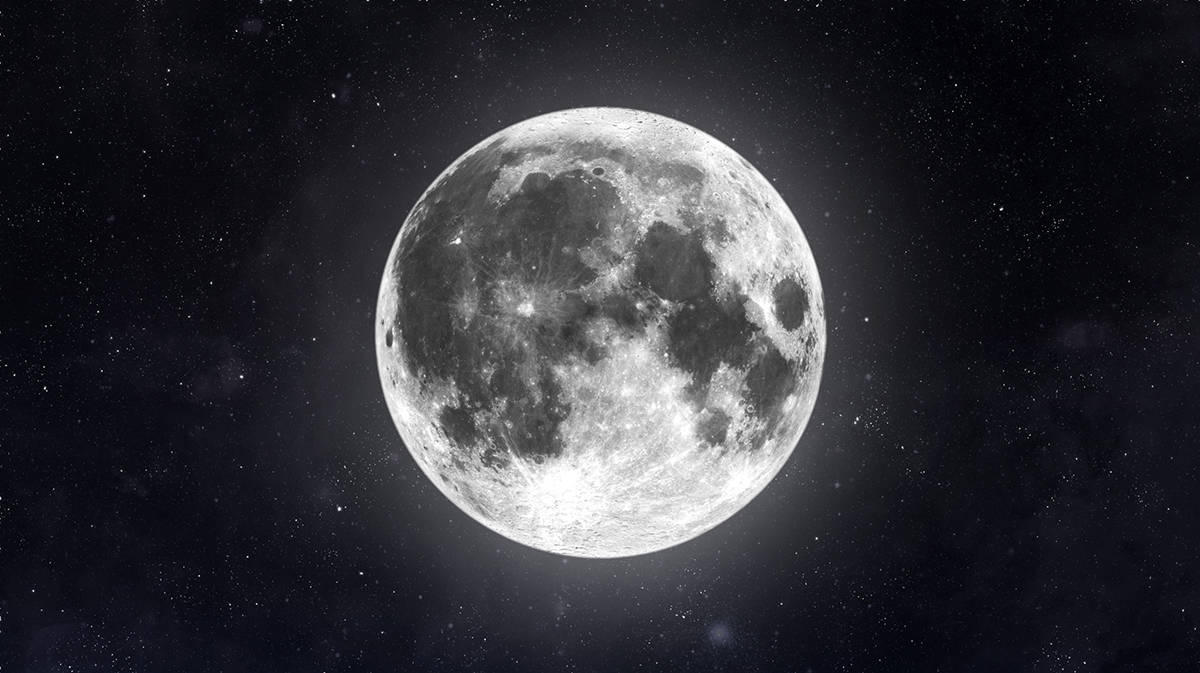All about China
China has taken another step towards its goal of sending manned missions to the moon and building permanent lunar bases in the future. The country launched the first high-resolution geological atlas of our planet's natural satellite.
Read more
The lunar atlas provides a variety of information
- The work provides essential mapping data for the future of lunar research and exploration.
- For example, information is provided about the history of the Moon, as well as the distribution of resources mapped to date.
- The atlas is available in Chinese and English.
- It depicts the lunar surface at a scale of 1:2.5 million.
- It also highlights many lunar geological features, such as volcanic craters.
- Information is from Space.com website.

Mapping is part of China's efforts
Chinese scientists and cartographers began drawing the map in 2012. To do so, they relied on information from several space missions Beijing has sent to the moon.
In recent years, the country has launched a series of lunar probes, including Chang'e 1 and Chang'e 2, which are tasked with mapping the lunar surface. Other missions have placed landers and rovers on the far side of the Moon (Chang'e 3 in 2013 and Chang'e 4 in 2019, respectively), while Chang'e 5 collected soil samples in 2020.
The creation of the atlas is part of a larger effort by Chinese authorities. The Chinese government plans to build a lunar base, known as the International Lunar Research Station (ILRS), in the 2030s, and furthermore, wants to send its first astronauts on the moon before then.
},
// Lazy:Comments
commentsHidderWidget: function(){
if (!OD._commentsHidderWidget) OD._commentsHidderWidget = OD.e('cmtHiddder');
return OD._commentsHidderWidget;
},
commentsWidget: function(){
if (!OD._commentsWidget) OD._commentsWidget = OD.e('postComments');
return OD._commentsWidget;
},
commentsInit: function(){
var script, head = document.head;
OD.commentsOK = true;
script = document.createElement("script");
script.setAttribute("src", "https://connect.facebook.net/en_US/sdk.js#xfbml=1&version=v2.6");
script.setAttribute("async", "false");
script.setAttribute("onload", "FB.XFBML.parse();");
head.insertBefore(script, head.firstElementChild);
},
// Lazy:openWeb
openWebWidget: function(){
return false;
if (!OD._openWebWidget) OD._openWebWidget = OD.e('widgetOpenWeb');
return OD._openWebWidget;
},
openWebInit: function(){
if (OD.openWebOK === true) return;
OD.openWebOK = true;
// 3rd tag
!function (e, f, u, i) {
if (!document.getElementById(i)){e.async = 1; e.src = u; e.setAttribute('data-spotim-module', 'spotim-launcher'); e.id = i;f.parentNode.insertBefore(e, f);}
}(document.createElement('script'), document.getElementsByTagName('script')[0], '//launcher.spot.im/spot/sp_ScWcqqRz', 'scriptOpenWeb');
if(window.performance && typeof window.performance.mark == 'function') {window.performance.mark('oweb_prfmrk');}
},
// Ajax
getJSON: function(url, data, success, error, complete){
success = success||function(){};
OD.getHTML(url, data, function(responseText){
success(JSON.parse(xhr.responseText));
}, error, complete);
},
getHTML:function(url, data, success, error, complete) {
var xhr = new XMLHttpRequest(),
serialize = function(obj){
var p, str=[];
for (p in obj) {
if (!obj.hasOwnProperty(p)) continue;
str.push(encodeURIComponent(p) + "=" + encodeURIComponent(obj[p]));
}
return str.join("&");
};
xhr.withCredentials = true;
success = success || function() {};
complete = complete || function() {};
error = error || function() {}
xhr.onreadystatechange = function() {
if (xhr.readyState != 4) return;
if (xhr.status == 200) success(xhr.responseText);
else error(xhr.status, xhr.responseText);
complete();
}
xhr.open('GET', url+'&'+serialize(data),true);
xhr.send();
},
// Util
e: function(id){
return document.getElementById(id);
},
isInViewPort: function(element){
var rect, top, bottom;
if (!element) return false;
rect=element.getBoundingClientRect();
top=rect.top;
bottom=rect.bottom;
return (top>=0 && bottom<=window.innerHeight);
},
toggleClass: function(id, className){
var e = OD.e(id);
if (e.classList.contains(className)) {e.classList.remove(className); return false;}
else {e.classList.add(className); return true;}
},
toggleSearch: function(){
if (OD.toggleClass('mainSearch', 'show')) OD.e('mainSearchInput').focus();
},
getUrlParameter: function(name) {
var url = window.location.href.split('?'), vars, upar, i;
url.shift();
vars = unescape(url.join('?')).split('&');
for (i = 0; i < vars.length; i++) {
upar = vars[i].split('=');
if (upar[0] === name) {
if (upar[1] === undefined) return '';
return upar[1].replace(/\+/g, ' ');
}
}
return '';
},
// Resfresh
setupPageRefresh: function(){
var seconds = parseInt(OD.e('body').getAttribute('data-refresh'), 10);
if (seconds<=0) return;
window.setTimeout(function(){location.reload();}, Math.max(30,seconds)*1000);
},
// Behaviors
linkTargetPopup: function(e){
var path=e.path||e.composedPath(), link=false, i, w=600, h=600,l,t,coords="";
if (!path) return;
for (i=0; i
//////////////////////////////////////////////// // OpenWeb //////////////////////////////////////////////// /* window.OD.addOnLoad(function(){ // Apenas matérias if (!OD.postID) return; // Callbacks window.openWeb_onNewUnseen = function(count) { var e = document.getElementById('openWebBellBadge'); if (e){e.innerText = count; e.setAttribute('data-unseen', (count>0 ? 'yes' : 'no'));} } window.openWeb_openNotifications = function(){ var payload = {postId: OD.postID, instanceId: "EmbeddedNotifications"}; if (typeof window.__OW_OPEN_NOTIFICATIONS__ === 'function') { window.__OW_OPEN_NOTIFICATIONS__(payload); window.openWeb_onNewUnseen(0); return; } document.addEventListener('ow-notifications-sdk-ready', function() { window.__OW_OPEN_NOTIFICATIONS__(payload); window.openWeb_onNewUnseen(0); }); // clicked but not loaded, load now if available window.OD.openWebInit(); }; // Init if (typeof window.__OW_SUBSCRIBE_TO_NOTIFICATIONS__ === 'function') { window.__OW_SUBSCRIBE_TO_NOTIFICATIONS__(OD.postID, window.openWeb_onNewUnseen); return; } document.addEventListener('ow-notifications-sdk-ready', function(){ window.__OW_SUBSCRIBE_TO_NOTIFICATIONS__(OD.postID, window.openWeb_onNewUnseen); }); }); */

“Friendly zombie fanatic. Analyst. Coffee buff. Professional music specialist. Communicator.”


